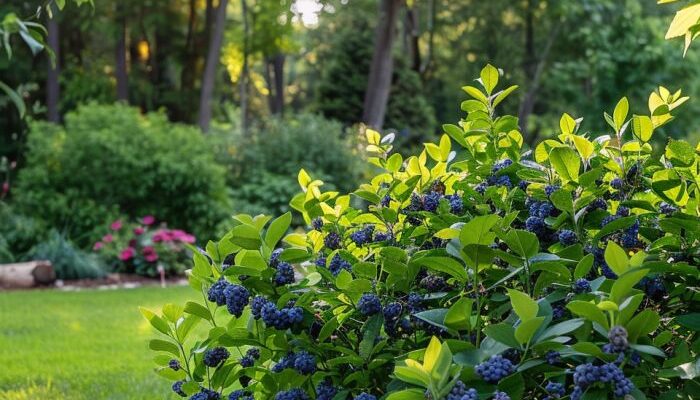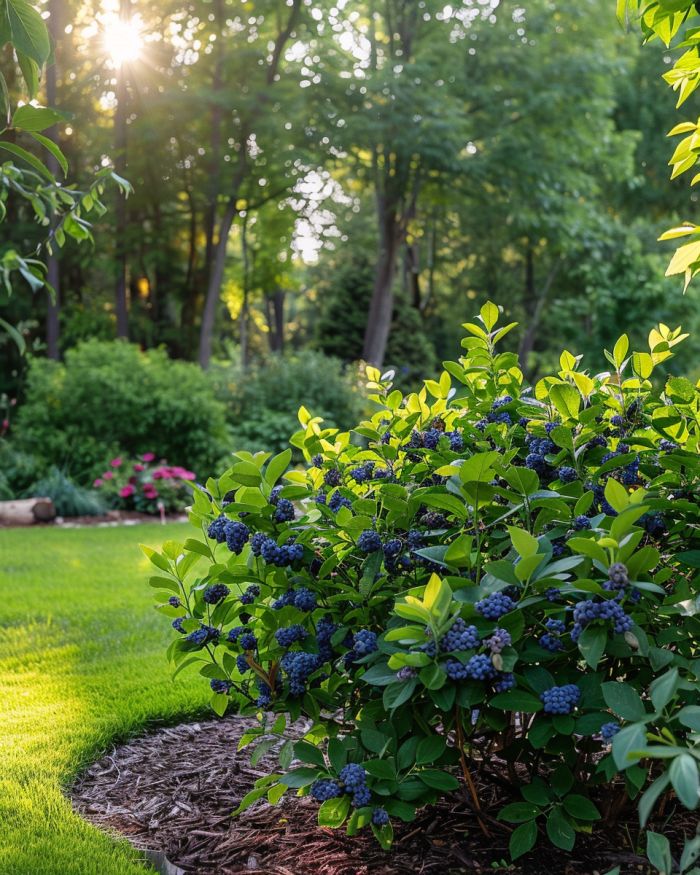|
Blueberries are not only delicious but also packed with antioxidants, making them a fantastic addition to any health-conscious individual’s diet. The little blue fruit is versatile in the kitchen and can be a cost-effective superfood when grown at home. For those already reaching for punnets at the store, consider this: with the right care, you can cultivate bountiful blueberry bushes right in your backyard. By growing your own, you sidestep the premium prices charged for organic berries and gain the satisfaction of enjoying fruits that are the freshest possible, straight from bush to bowl.
Moving beyond the occasional gardening project, growing blueberries at home can be a deeply rewarding hobby. It’s not just for those with a green thumb or acres of land; even a sunny patio or balcony can play host to a fruitful blueberry bush. Throughout this step-by-step guide, we will demystify the process making it accessible to everyone. From selecting the right varieties for your climate to understanding blueberry-specific pruning techniques, this article provides the tools necessary for establishing and nurturing your own blueberry haven, so stay with us as we delve into the verdant world of homegrown abundance.
ADVERTISEMENT
The Journey Begins: Choosing Your Blueberries
1. Research local varieties – Before you take the plunge, you need to know which varieties of blueberry plants will thrive in your area. Consult with local nurseries or agricultural extension offices to find out which types are best suited to your climate and soil.
2. Purchase your plants – Once you’ve chosen your varieties, purchase plants from a reputable nursery. Look for healthy, vigorous bushes that show no signs of disease or pest damage. Starting with a healthy plant is crucial for future fruit production.
Location, Location, Location
3. Selecting the perfect spot – Blueberries love the sun. Choose a location in your garden that receives full sunlight for at least six to eight hours a day. If your space is limited, remember that blueberry bushes also do well in containers, provided they get enough sunlight.
4. Testing and amending the soil – Blueberries require acidic soil with a pH between 4.5 and 5.
5. Use a soil test kit to determine your soil’s pH and amend it as necessary using sulfur or peat moss to lower the pH or lime to raise it.
Planting with Precision
5. The right season for planting – The best time to plant blueberries is in the early spring or late fall. This gives the plants time to establish their root systems during the milder weather.
6. Digging the hole – When you’re ready to plant, dig a hole approximately twice the width and the same depth as the root ball of your blueberry bush. This will give the roots room to spread out.
Water Wisely and Mulch More
7. Watering your plant – After planting, water the bushes generously to settle the soil around the roots. Going forward, blueberries need about 1 to 2 inches of water per week. Be sure to increase watering during drought conditions.
8. Mulching matters – Mulch helps retain moisture, prevents weeds, and keeps the roots cool. Apply a 2 to 3-inch layer of pine bark mulch or straw around the base of each plant.
Nutrition and Pruning for Prolific Production
9. Fertilizing your bush – Fertilize your blueberry bushes in early spring before the leaves have fully developed, and again in late spring as the fruit starts to form. Use a fertilizer designed specifically for acid-loving plants.
10. Pruning like a pro – Proper pruning is essential for blueberry production. Prune the bushes annually during the dormant season to remove dead branches and to encourage the growth of new, more productive ones.
|
Stop buying blueberries. Here’s the step by step for growing huge bushes on home




